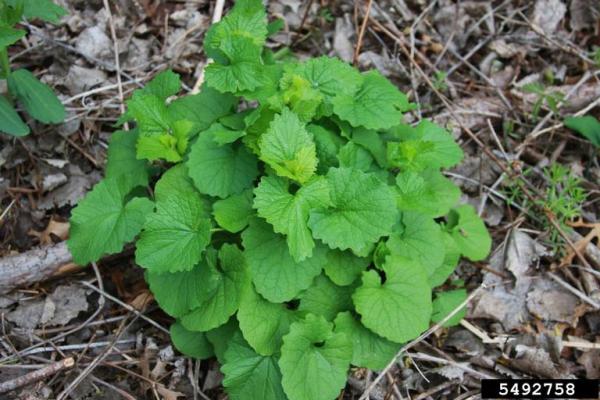Policy Brief: Protecting Vermont’s Woodlands from Invasive Species
Author:Vermont Woodlands Board of Directors | | Date:February 17, 2017Protecting Vermont’s Woodlands from Invasive Pests
Background:
Vermont’s forests and woodlands are under attack from invasive (non-native) forest pests – plants, insects, and diseases. These pests impact forests at a massive scale nationwide, destroying hundreds of thousands of acres of United States forests and woodlands each year. Invasive pests often enter the United States through international trade routes and human travel. They are then spread throughout forested ecosystems by transport of firewood, shipping of wood products and packaging material, and movement of plants such as nursery stock. Private woodland owners, who own roughly eighty percent of Vermont’s forests and woodlands, are greatly affected by these invasive forest pests. Invasive pests don’t limit their infestation to ownership boundaries and are equally destructive to publicly-owned forests, parks, and family-owned woodlands. However, for a family woodland owner, if a forest pest infests their land, it can mean a loss of their treasured woodland, a severe reduction in income from their land, or destruction of wildlife habitat they worked hard to create.
The damage to our communities, our environment, and our economy from these invasive species is tremendous. Some estimate the national damage at over $138 billion annually, due to losses in the forest products industry, losses in the tourism and recreation industry that rely on forests, and a loss of income for woodland owners. While much harder to quantify, the impact on our environment is probably more severe and includes impacts like denuded watersheds, destruction of critical habitat for wildlife, and complete obliteration of tree species (i.e. the American Chestnut, which was essentially eliminated from the forest landscape in the mid-1900s by an invasive fungi, the chestnut blight).
While pests have threatened our forests for centuries, with our increasingly globalized society and its increasing global trade and travel, invasive forest pest infestations have increased significantly in the last decade. At the same time, this globalization has also opened new market opportunities for family woodland owners to generate income.
Vermont Woodlands Association Policy:
VWA supports policies and programs that work to prevent, detect, control, and eradicate invasive forest pests and pathogens in Vermont and the nation’s woodlands and to fund efforts to support restoration of forest species suffering severe levels of mortality caused by non-native insects, plant pathogens, or other organisms that are pests as defined in Section 403(14) of the Plant Protection Act.
Public Policy Goals:
Vermont Woodlands Association, working with its partners and existing networks, will advance policy initiatives that will:
- Improve and provide adequate funding for federal, state, and local efforts, including public awareness efforts, to prevent
- introduction of invasive forest pests and pathogens
- Improve and provide adequate funding for detection and eradication programs, especially in family-owned woodlands, to minimize the impact of introduced species on forests and woodlands
- Improve and provide adequate funding for research and development programs aimed at both the public and private sector, with a robust scientific and genetic research effort, to ensure that invasive species response mechanisms can be developed and implemented in a timely manner.
Policy Approval:
Protecting Vermont’s Woodlands from Invasive Pests was approved by the VWA Board of Directors on February 17, 2017
Emerald Ash Borer
Garlic Mustard
Beech Bark Disease



